This post may contain affiliate links, meaning I can earn a small commission from items you purchase (at no cost to you).
Aging is wild. One day you’re doing handstands in the grass, the next you’re Googling “why does my knee sound like popcorn?” A lot of our aches and pains come down to inflammation—the bloating, brain fog, random rashes, and that lovely mid-afternoon crash. To combat it all, I created this anti-inflammatory smoothie recipe using plant-based ingredients that combat inflammation and are packed with nutrients.
Table of contents
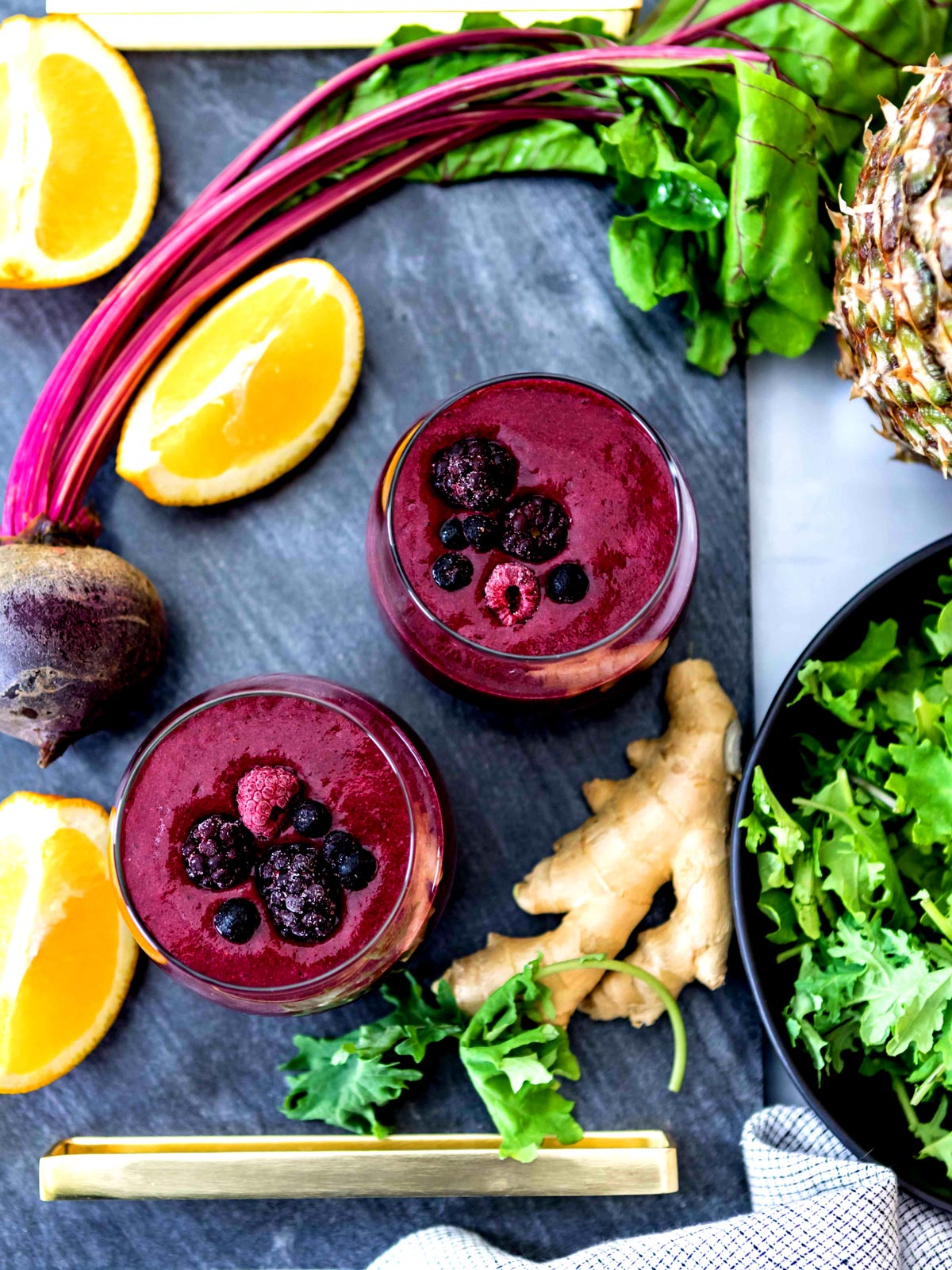
Why You’ll Love It
- It tastes like a tropical treat. Earthy beets and kale get totally balanced out by sweet pineapple, mixed berries, and fresh orange—bright, tangy, and surprisingly smooth.
- It helps calm everyday inflammation. Each ingredient is chosen to support your joints, digestion, and energy—from ginger and berries to chia seeds and leafy greens.
- It’s a 5-minute reset. Perfect after a long run, a Costco marathon, or anytime your body needs a little extra love without any fuss.
- It’s nutrient-dense without being heavy. Fiber, antioxidants, and healthy fats come together in a refreshing, 16-oz blend your body will thank you for.
Save this Recipe for Later!
Enter your info below and I’ll send it straight to your inbox to save for later.
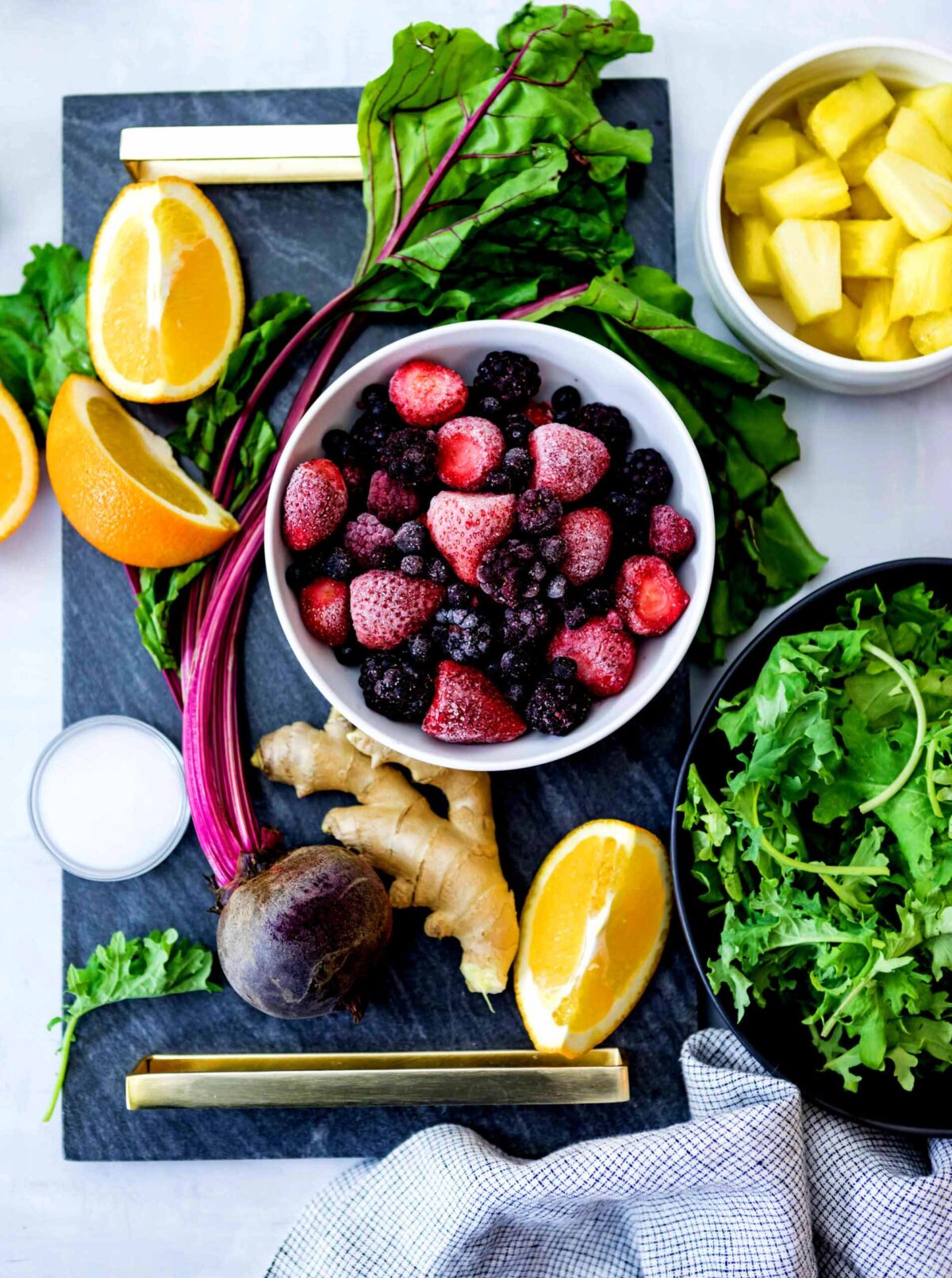
Ingredients You’ll Need
Sip on this smoothie with fresh beets, citrus fruits and anti-inflammatory ginger to recover from a Saturday morning shopping trip to Costco (never a good idea), a long run with your bestie or just another day living la vida loca. Here’s what goes into your glass, how each ingredient tastes and blends, plus the nutrition perks they bring to the party:
- Kale: Earthy and mildly grassy, kale makes a great base once blended properly. Blend it first with the water to avoid leafy bits. Kale is rich in antioxidants—especially flavonoids and vitamin C—which help reduce inflammation by neutralizing harmful free radicals.
- Beets: Sweet, earthy, and beautifully vibrant. Chop them small so your blender doesn’t struggle. Beets are loaded with betalains, powerful anti-inflammatory compounds that support heart health and may help lower blood pressure.
- Oranges: Bright, juicy, and naturally sweet, oranges add a silky texture and help balance the earthiness of the beets. Peel and remove seeds to avoid bitterness. Their vitamin C content helps reduce inflammation and boosts immune system by protecting cells from oxidative stress.
- Mixed Berries: Blueberries, blackberries, and raspberries bring tart, jammy sweetness and a thick, frosty texture. Their anthocyanins are some of the most powerful antioxidants around, helping reduce inflammation and protect against chronic diseases like heart disease and cancer.
- Pineapple: Tropical, sweet, and a little tangy, pineapple helps everything blend smoothly thanks to its juicy texture. It also contains bromelain, an enzyme known for its anti-inflammatory properties and its ability to support digestion—especially after physical stress or injury.
- Ginger Root: Warm, spicy, and bold in small amounts. Slice or grate it if you want a smoother finish. Ginger is packed with gingerols that provide strong anti-inflammatory effects and may help reduce muscle soreness and arthritis-related inflammation.
- Coconut Oil: Adds a light coconut flavor and a creamy finish. Melt slightly if solid so it blends seamlessly with the frozen fruit. Coconut oil contains lauric acid, a medium-chain fatty acid with anti-inflammatory and antimicrobial benefits that may support immune function.
- Chia Seeds: Mild, slightly nutty, and great for thickening your smoothie. Blend them in for smoothness or sprinkle on top for texture. Chia seeds are high in omega-3 fatty acids, which help reduce inflammation, support heart health, and add fiber and protein to keep you fuller longer.
Dietary Adjustments & Substitutions
Need to swap an ingredient or accommodate a food allergy? Click the button below for tailored suggestions just for you:
How to Make Anti-Inflammatory Smoothie
- Prep your produce. Wash and chop the kale and beets. Peel the orange and remove any seeds so it’s ready for the blender.
- Blend the base. Add the kale, chopped beets, peeled orange, and water to your blender. Blend on high until everything is completely smooth, scraping down the sides if needed.
- Add the fruit and flavor boosters. Toss in the frozen mixed berries, frozen pineapple, fresh ginger root, chia seeds, and coconut oil (if using).
- Blend until creamy. Blend again on high until the smoothie is thick, creamy, and no chunks remain. If it’s too thick, add a splash more water and blend again.
- Pour and enjoy. Pour into your favorite glass or jar. Garnish with extra chia seeds or a slice of orange if you’re feeling fancy, then sip right away for the biggest nutritional boost.
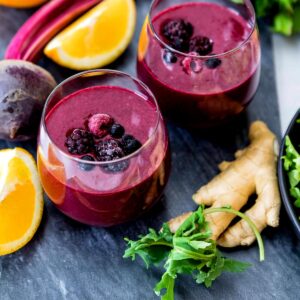
Anti-Inflammatory Smoothie
Ingredients
- ½ cup kale
- ½ cup beets peeled and chopped
- ¾ cup water
- ½ orange peeled
- 1 cup mixed berries frozen
- ½ cup pineapple frozen
- 1 teaspoon fresh gingerroot peeled
- 2 tablespoon chia seeds
- 1 teaspoon coconut oil optional
Instructions
- Add kale, beets, water and orange to blender container.
- Puree on high until the mixture is smooth. Scrape down the sides of chunks of the green stick to the sides of the blender.
- Add remaining ingredients and blend again on high until everything is well combined and smooth.
Helpful Tools
Notes
- Carrots can be substituted for the beets.
- Mango can be substituted for the pineapple.
- Baby kale or spinach can be used to make the smoothie less bitter.
- Use at least one frozen fruit for a refreshingly cool smoothie.
Nutrition
Did you make this recipe?
Leave a review for a chance to win signed copies of my cookbooks!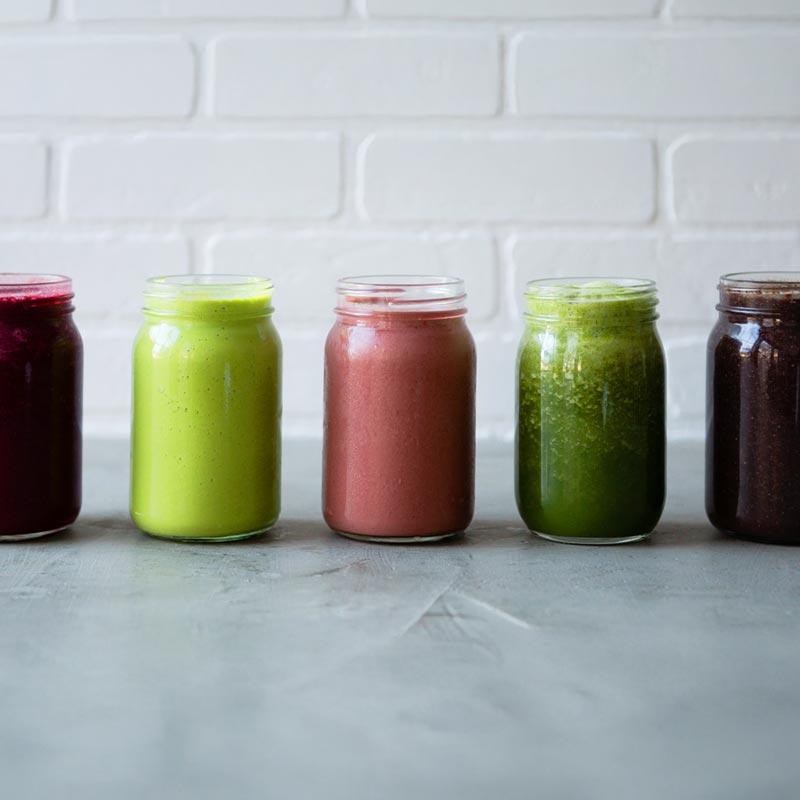
Free 5-Day Smoothie Reset
Get my smoothie recipes to boost energy, fight inflammation and kickstart weight loss—in just 5 minutes a day.
Common Questions
Yes—anti-inflammatory smoothies taste amazing when you balance earthy ingredients (like kale or beets) with naturally sweet fruits (like pineapple, orange, or berries). A little ginger or citrus helps brighten everything up too.
You can have this smoothie every single day, yet feel free to start with just a few times a week to see how your body adjusts. This can be a powerful addition to your routine if you’re working on reducing inflammation.
To mask the taste of beets or leafy greens, add more ginger, pineapple, orange, or berries to help cut the “earthiness.”
Yes, you can make this anti-inflammatory smoothie in advance to save time. Blend it the night before and refrigerate in a sealed jar (drink within 24 hours). Or try freezing meal prep smoothie packs with pre-measured ingredients and dump them into the blender when ready. Another options is to make smoothie cubes (freeze the smoothie in an ice tray) and re-blend with liquid when needed.

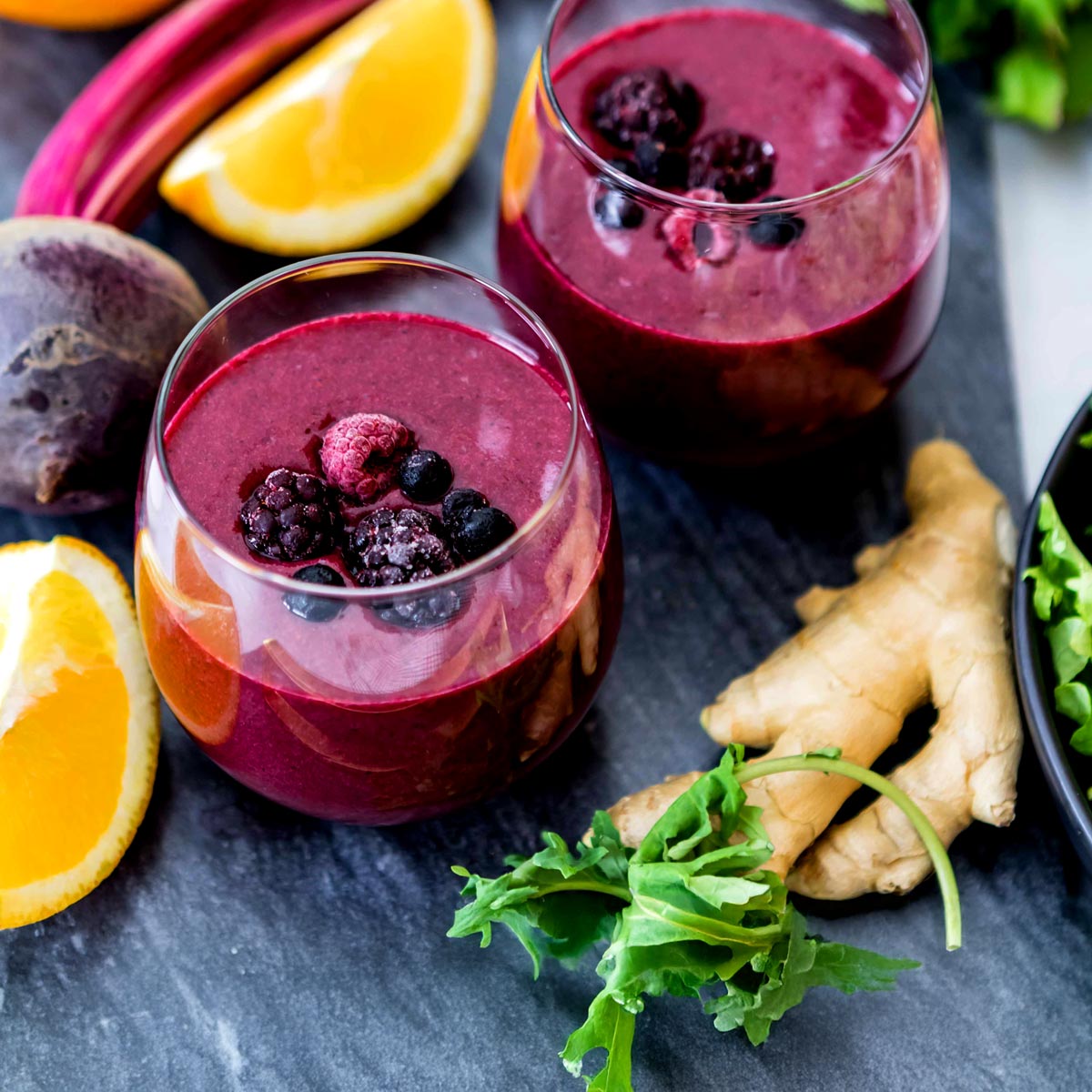
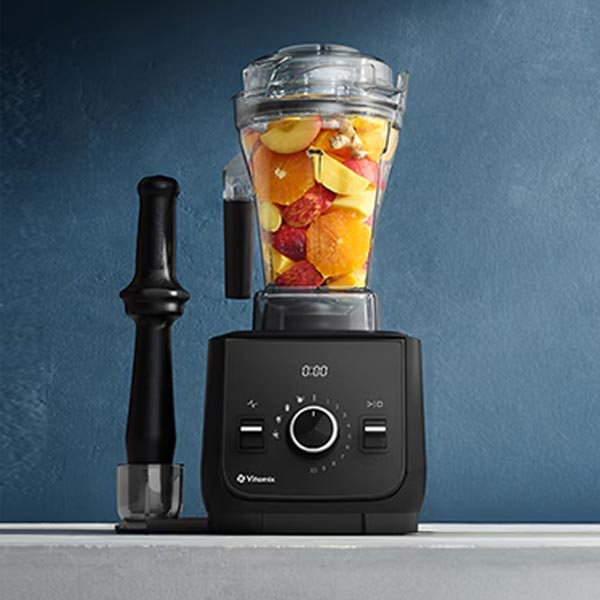
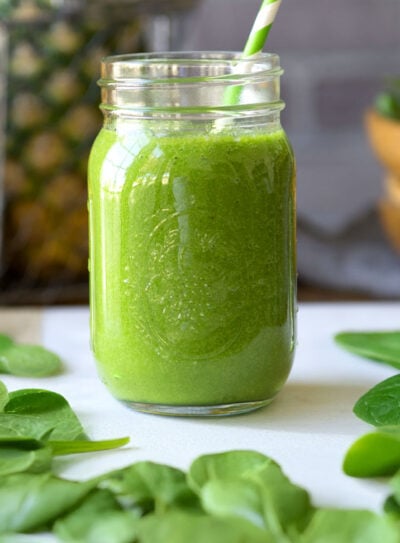
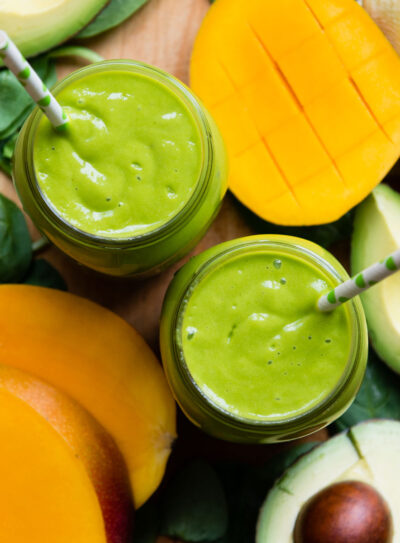
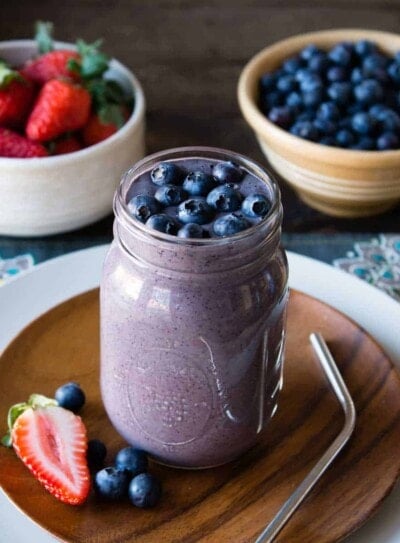
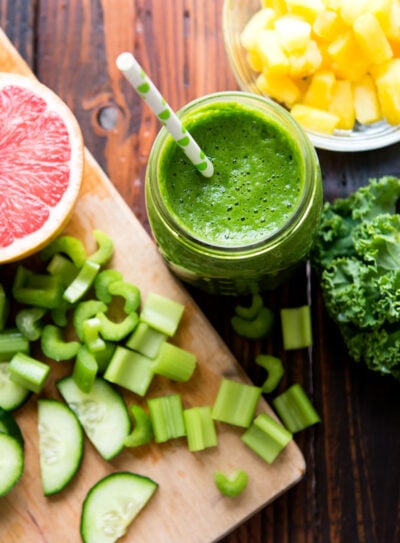
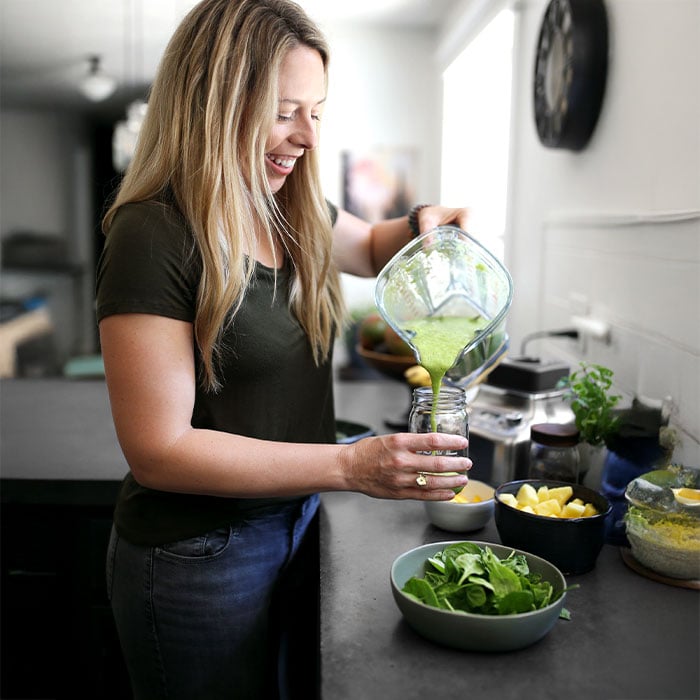









Made this while on a cleanse and it was one of my favorite smoothies still! I come back to it — it’s the only way I like beets!
Such a great source of potassium. Thanks for posting and thus likely encouraging others to try, Susanne.
#6 of fat burning smoothies, refreshing, very tasty! It’s a keeper.
I can’t do beets. I put a whole orange in w a tablespoon of flax/chia seeds, 1/4 tsp of turmeric powder & 1/2 tsp of cleanse powder (includes Noni fruit, Soursop leaf, Turmeric, Moringa, Bele spinach, Papaya leaf &Bacopa). Both powders from Kauai Farmacy.
Great job making it work for you. Rawking it!
Why does this recipe show 155 calories on one page and 336 calories on another page?
Thanks for letting me know— this page has the correct nutritional data for this smoothie (I just updated the other page to reflect this). I must of been multi-tasking when I worked on that blog post. 🙂
I’m wondering about the high amount of sugar in this recipe.
You list 32 g of sugar.
If Google is correct, that equals 7.66 TABLESPOONS of SUGAR !
I realize that this is fruit sugar, but it still seems to be way too much to ingest at one time.
Hi Steve! You’re correct, this is fruit sugar which is different from your average granulated sugar etc.
So excited to make this smoothie! Any recommendations for a substitution for the orange?
I don’t know if you can’t have citrus, but adding a lemon instead would be delicious. You can also just add an extar 1/2 cup frozen pineapple as well to keep it nice and sweet if you don’t have an orange.
Can pre-cooked beets from Costco be used instead of raw?
Hi Ginger! I typically use raw beets, yet you can definitely try to use the pre-cooked beets.
Check out Dr. Jorge Flechas on why people in two countries don’t have arthritis/inflamation.
Boron?
Thanks for the info, Ken.
Are these beets or carrots fresh or cooked?
Hi Pavle! No need to cook them if your blender can handle it. We use raw beets, peeled and chopped typically.
This was so easy and scrumptious. My husband even loved it. My question is how long will this last in the fridge if I make a big batch?
Hi Sandy! I wouldn’t leave a big batch in the fridge for long. It will start to separate and the frozen fruit will begin to thaw.
Perfect to start my day! My alterations were spinach as I was out, left peel on orange, I had no pineapple (bummer), carrot and beet powder used, and subbed with olive oil! Yum, Thank you!!!!
Hi Dee! Sounds like you made some great alterations to make this one work for you!
I could not live without this daily. I just never tire of it. My only modification is to add lemon juice bc I love a tart punch in the face and I feel it cuts the very veggie taste of the beets. I also have started blending it two times and it gets super liquidy and silky and smooth. I opt for baby spinach. It is just so delicious and I feel better after I have one.
Great idea to add lemon, Dawn! I’ll have to give it a try sometime.
I found this recipe after looking for an anti-inflammatory smoothie to make for being sick. I’m dealing with pleurisy in my lung and have had bronchitis. I’ve been on 2 rounds of steroids and 2 rounds of antibiotics now. I made this smoothie today, and within an hour or so my breathing is better and the pain is subsiding in my chest. My Ninja didn’t blend it well, so I ate it more than I drank it. However, I do believe that this is what may help me get my health back. Thank you sincerely for sharing this smoothie recipe. I’ve been sick for a month now, and as a really healthy person I’ve been at a loss at what to try next. So I’m putting more emphasis on nutrition. Thanks again.
I wish I could give you a buy warm hug right now— I know how frustrating and exhausting it can be when your body isn’t cooperating. I hope adding more nutrients to your body and eating more plants will help you recover. You wouldn’t be the first! If you decide to upgrade your blender, check out the Best Vitamix Deals blog post I update monthly to get the best blender out there (you won’t regret it): https://simplegreensmoothies.com/best-vitamix-sales/
Loved this. I made it as the recipe says using spinach instead of kale (with a little measuring with my heart anyway). The little kick of ginger makes this delicious. It just became one of our favorites in our breakfast rotation. Thank you!
Hi Susan! Love the swap of spinach instead of kale! I’m more of a spinach girl myself. Keep up the rawkin’ job!